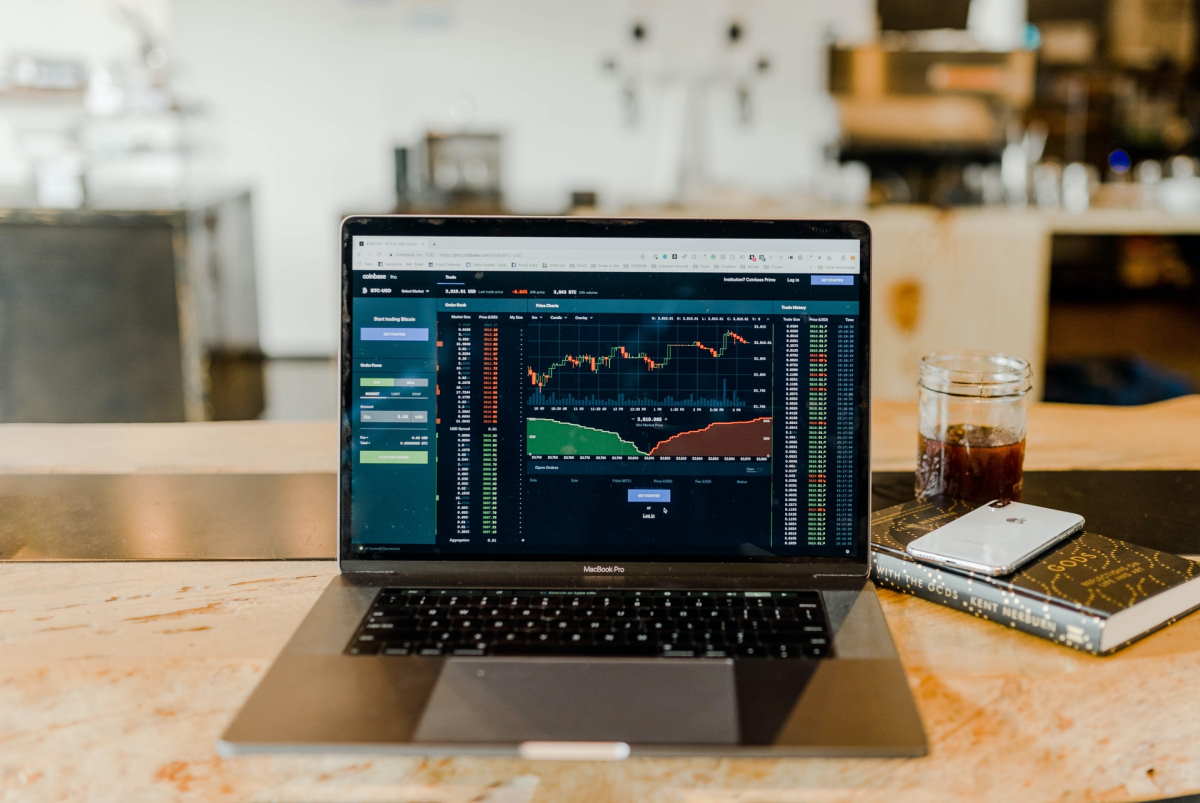In the vibrant world of modern finance, AI trading bots are the new stars on the horizon, promising a transformative shift in how we interact with the stock market. These ingenious algorithms, empowered by artificial intelligence, are captivating enthusiasts from casual investors to the titans of Wall Street. They hold out the promise of a future where trades are executed with a precision and swiftness that humans can hardly match, adeptly navigating through the market’s complexities at breakneck speed. But amidst this technological euphoria, one question persistently arises: Are these AI-driven wizards truly capable of turning a consistent profit?

These AI trading bots aren’t just flashy tech gadgets; they’re sophisticated market players, designed to autonomously navigate the highs and lows of trading. They’re the maestros of data, parsing through oceans of market information, spotting trends, and executing trades with a level of efficiency that’s simply beyond human reach. The intrigue, however, lies in their ability to deliver a steady stream of profits, eschewing the emotional baggage that often clouds human judgment and capitalizing on market opportunities in the blink of an eye.
Delving Into the World of AI Trading Bots
Exploring the potential of AI trading bot to consistently generate profits takes us on an intriguing journey deep into their operational heart. These aren’t just simple software programs; they’re complex, intelligently crafted systems brimming with sophisticated algorithms. Imagine these bots as the financial world’s most diligent workers, tirelessly sifting through market data, identifying patterns, and predicting future movements to make informed trading decisions. They’re always on, ceaselessly monitoring the pulse of the market, ever-ready to seize trading opportunities that perfectly match their pre-set strategies.
At their essence, these bots are powered by a fusion of advanced data analysis, keen pattern recognition, and smart predictive modeling. Picture them as master craftsmen in the financial markets, meticulously carving out profits with the precision of their programmed expertise. They’re the embodiment of persistence, offering 24/7 vigilance that human traders can’t match, which allows them to operate at a level of consistency, speed, and accuracy that’s simply out of reach for mere mortals.
The real magic behind these bots lies in the sophistication of their algorithms—a blend of art and science where intricate code meets expansive data. The richness and relevance of the data these bots digest are paramount; it’s their lifeblood, enabling them to make decisions that are timely, informed, and, ideally, profitable. These bots don’t just process data; they absorb it, learn from it, and adapt their strategies in response to the shifting sands of market dynamics.
But it’s not just about the algorithms or the data. The profitability of these AI marvels also hinges on their operational finesse—how effectively they can execute trades, minimize costs, and smoothly sail through the often turbulent waters of market liquidity. Each trade is a decision made in a split second, a moment where precision can mean the difference between profit and loss.
Diving into the world of AI trading bots is like peering into a future where the markets are navigated with calculated precision, where decisions are devoid of human emotion and inefficiency. It’s a world where the relentless rhythm of the market meets the unyielding consistency of the machine. Understanding whether these bots can truly turn a consistent profit is an absorbing tale of technological prowess, data-driven strategy, and the ceaseless quest for financial optimization in an unpredictable, ever-changing market landscape. Their success is a symphony of high-tech algorithmic complexity, strategic data analysis, and the artful maneuvering of the financial trading space.
The Enticing Prospects of AI-Driven Trading
The theoretical benefits of AI trading bots paint a picture of immense promise, suggesting a path laden with profits. Their most celebrated trait is their unwavering objectivity; these bots stick religiously to their strategy, unswayed by the emotional whirlwinds of greed and fear that often ensnare human traders. This consistency is a cornerstone of disciplined trading, which is frequently the bedrock of profitability.
Additionally, the sheer computational firepower of these bots enables them to sift through complex market data at superhuman speeds, unveiling lucrative trading opportunities that might elude the human eye. Their non-stop operational capability means they can capture profits round-the-clock, unimpeded by human necessities like sleep or rest.
However, the road is fraught with challenges and risks that can’t be ignored.
Navigating Through the Challenges
Even with their advanced capabilities, AI trading bots aren’t invincible. They venture into the unpredictable wilderness of the financial markets, where volatility is the norm, and certainty is a rarity. They grapple with the challenge of overfitting—becoming so finely tuned to past data that they falter in uncharted market conditions. Furthermore, the intense competition in the markets means that a strategy that yields profit today may be rendered obsolete tomorrow as other market participants catch on.
Ethical Considerations and Regulatory Scrutiny
The proliferation of AI trading bots also stirs up a cauldron of ethical and regulatory dilemmas. The debate rages on about the fairness of allowing machines to trade at superhuman speeds, potentially sidelining human traders. Regulators are in a continuous tussle to adapt to these rapid technological advances, striving to ensure that these bots don’t unintentionally destabilize the market or give rise to manipulative schemes.

Assessing Their Real-World Profitability
Stories of AI trading bots delivering staggering profits are widespread, yet tales of devastating losses also abound. The reality is nuanced—while they possess the potential for profitability, they aren’t foolproof wealth generators. Their performance is tethered to a myriad of variables, from the robustness of their trading algorithms to the whims of market dynamics.
In Conclusion: A Balanced Perspective
So, can AI trading bots consistently make money? They certainly have the potential, but there are no ironclad guarantees. They symbolize a leap towards a future where market participation is characterized by unparalleled efficiency and strategic precision. However, they’re not magical elixirs for instant wealth. Navigating the AI trading landscape demands strategic acumen, continual vigilance, and an informed perspective on the associated risks and rewards. For the intrepid explorer ready to embark on this journey, AI trading bots offer a thrilling, albeit intricate, instrument in the financial toolkit—a tool that should be wielded with wisdom, circumspection, and an informed sense of its limitations and possibilities.